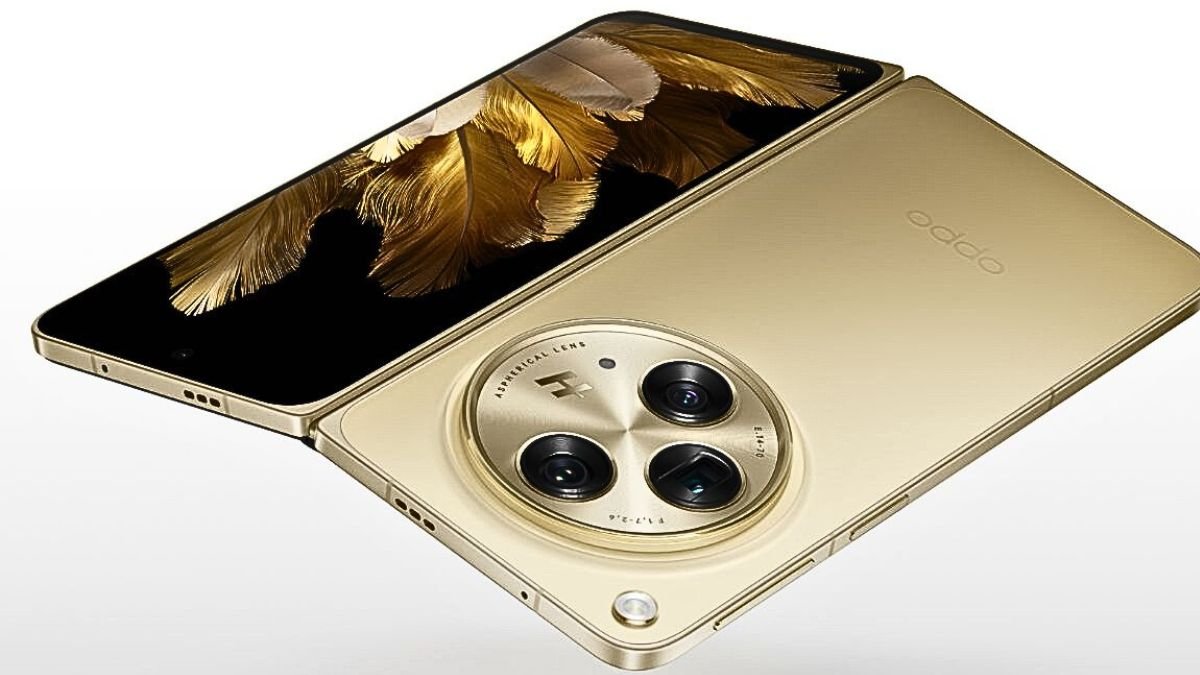In a groundbreaking development, scientists have harnessed the power of Wi-Fi to map out 3D human meshes, opening the door to a new era of digital interaction. This innovative approach, spearheaded by researchers from Florida State University and Rutgers University, utilizes Wi-Fi signals to create detailed three-dimensional representations of human bodies. This technology, dubbed Wi-Mesh, could significantly enhance virtual reality (VR) and augmented reality (AR) experiences, improve virtual try-on applications, and revolutionize exercise monitoring.
Key Highlights:
- Wi-Mesh technology enables the construction of 3D human meshes using Wi-Fi signals.
- This advancement overcomes the limitations of traditional camera-based systems, such as their inability to work in non-line-of-sight scenarios.
- Wi-Mesh does not require wearable sensors or markers, offering a more user-friendly approach.
- Potential applications include VR/AR content creation, advanced video games, and smart home security systems.
The Evolution of Wi-Fi: Towards 3D Sensing and Beyond
As we delve deeper into the capabilities of Wi-Fi beyond mere internet connectivity, the advent of 3D Wi-Fi technology signifies a leap towards more immersive and interactive digital environments. Wi-Mesh utilizes multiple antennas in standard Wi-Fi devices to probe the human body, analyze signal reflections, and create detailed 3D representations. This process, enhanced by deep learning models, translates two-dimensional angle of arrival (AoA) images into comprehensive 3D meshes.
Advanced Applications of 3D Wi-Fi Technology
The Wi-Mesh system is at the forefront of utilizing Wi-Fi for more than just digital communication. By creating 3D human meshes, this technology offers a unique avenue for enhancing various applications:
- Virtual Reality and Augmented Reality: With the ability to create accurate 3D representations of humans, developers can generate more realistic and interactive environments for VR and AR applications, leading to more immersive user experiences.
- Health and Fitness Monitoring: The precision of 3D Wi-Fi sensing enables advanced monitoring of body movements and poses, allowing for detailed analysis in physical therapy, sports science, and personal fitness.
- Security and Surveillance: By identifying individuals based on their 3D mesh rather than visual appearance, Wi-Mesh provides a new method for security systems, potentially offering more privacy-conscious surveillance that can operate in conditions where cameras are less effective
Wi-Fi 6E and Wi-Fi 7: Paving the Way for Enhanced Connectivity
In parallel to these advancements, the wireless technology landscape is evolving with the introduction of Wi-Fi 6E and the upcoming Wi-Fi 7 standards. Wi-Fi 6E extends the capabilities of Wi-Fi 6 into the 6 GHz band, offering higher performance, lower latency, and increased bandwidth. This progression, coupled with Intel, Qualcomm, Broadcom, and MediaTek’s efforts towards Wi-Fi 7-based products, suggests a promising future for wireless connectivity, with potential applications in mixed-reality devices and beyond.
While the prospects of 3D Wi-Fi technology are vast, several challenges remain. These include ensuring privacy and security, refining accuracy and resolution, and integrating these capabilities into consumer devices affordably. Future research and development will focus not only on overcoming these hurdles but also on exploring new applications that this technology could enable.
The fusion of 3D Wi-Fi technology with the latest Wi-Fi standards heralds a future where digital and physical worlds converge more seamlessly. As we anticipate further innovations, the implications for user interaction, digital content creation, and smart environments are bound to expand, reshaping our digital experiences in profound ways.



















